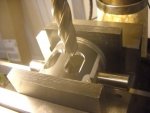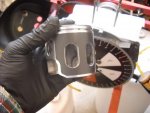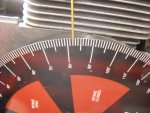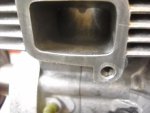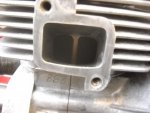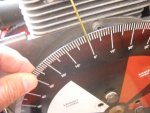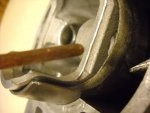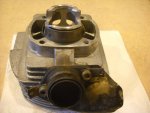Desertduler
Active member
- Messages
- 1,736
- Reaction score
- 6
Here is my Rotax 277 on my kart that I am going to convert from piston port induction to reed valve induction.I will be posting here in this section the process that I am taking to do this conversion and my end results.Here one can see one of the reed cages that I am going to experiment with and I have others of the same configuration and I will be cutting windows in pistons in order to get the 180 degrees of intake that I need and this modification will give my engine the low end power that it lacks in being a piston port induction and the power band will be wider and will be more useful with one gear ratio that I am using.

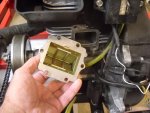
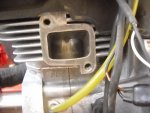


 )
)



